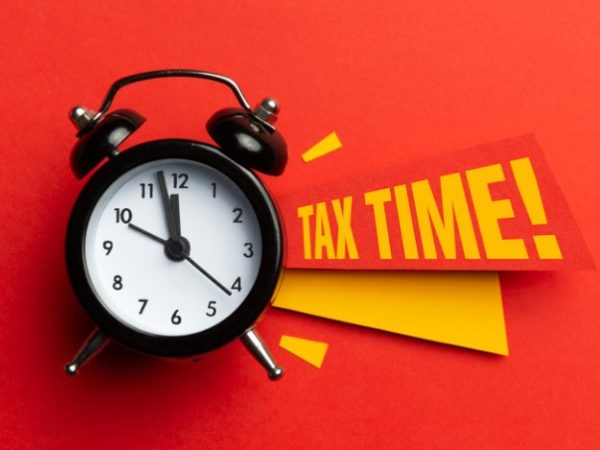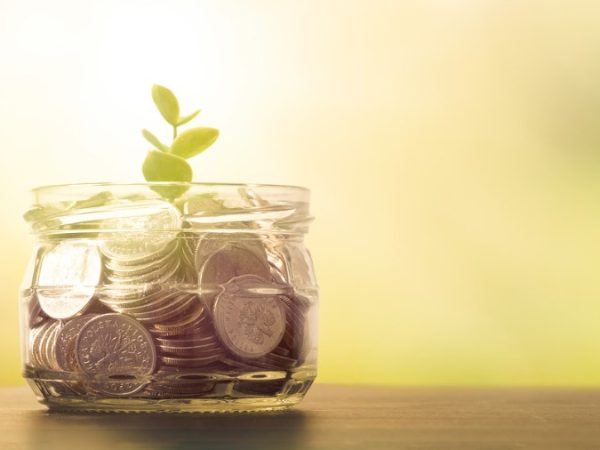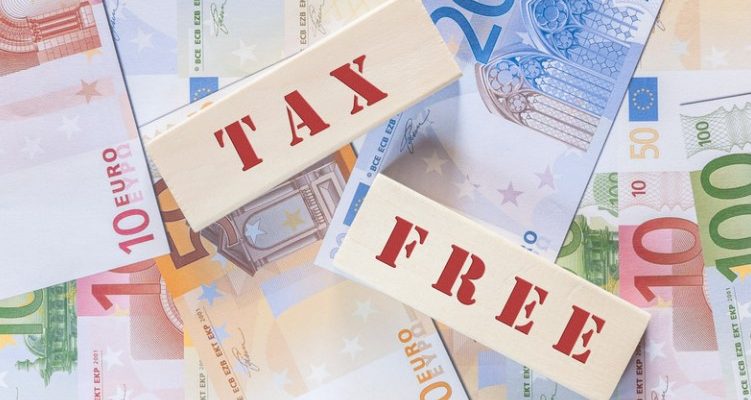
Tax Free Allowance – Earn Without Paying Tax
Taxes can be confusing, but the term tax free allowance can sound a bit more hopeful. Understanding tax-free allowances is essential if you want to earn some extra income without the taxman taking a chunk of it. This blog will explain what tax-free allowance means and how it can benefit you.
We’ll also cover how tax-free allowances work, tax-free allowances for pensioners and self-employed individuals, tax-free dividends, tax-free interest and how much tax-free allowance you can get. Lastly, we’ll address the question many of us ask at some point, “Why am I paying tax if I haven’t earned my tax-free allowance yet?” Stay tuned to find out!
What is Tax Free Allowance?
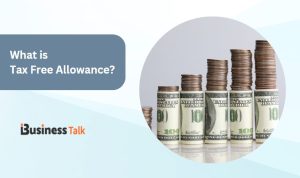
Tax-Free Allowance (TFA) is an income you can earn without tax. The UK standard Personal Allowance is £12,500 for the 2021/22 and 2022/23 tax years. Income that falls within this limit is exempt from tax. In addition, the individual receiving dividend income can avail of the dividend tax-free allowance of £2,000 for the 2022/23 tax year. It’s worth noting that dividend income within ISA and pension wrapper is also exempt from dividend tax.
Therefore, investing in these products will help you earn tax-free income. There are also additional allowances such as Marriage Allowance and Blind Person’s Allowance that can increase your Tax-Free Personal Allowance. Overall, understanding these allowances and exemptions could help you save significant money on your tax bill every year.
How Does Tax Free Allowance Work?
Tax-free allowances are a way for individuals in the UK to earn money without having to pay taxes. Such allowances include:
- Personal tax-free allowance
- Marriage allowance
- Personal savings allowance
- Dividend allowance
- Blind person’s allowance
- Trading and property allowances
Among them, the tax-free dividend allowance allows individuals to receive a certain amount of dividend income before paying taxes. The tax-free dividend allowance for the UK’s 2022/23 tax year is £2,000. This means that individuals can earn up to £2,000 from shares and some equity-based collective investment funds without paying any taxes.
It’s important to note that any dividend income beyond this allowance will be taxed according to the prevailing tax rates. With these tax-free allowances, individuals can earn extra income and save money on taxes. If you are planning to save taxes, you need to follow After tax Blog in UK.
What is the Tax-free Allowance for Pensioners in UK?
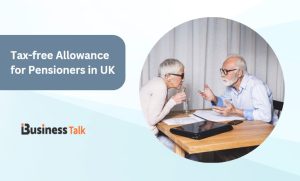
The tax-free allowance for pensioners is one of the many sources of income that enable people to earn without paying taxes. For the current tax year (2021-22), the Pension Lifetime Allowance stands at £1.07 million. This is the maximum amount a person can withdraw from their pension credit without attracting additional taxes.
Those who contribute to private pensions can claim tax relief on any payments made, up to a maximum of £40,000 per year or 100% of their income (whichever is lower), at a rate of 20-25%. Additionally, individuals can enjoy dividend allowances of £2,000 tax-free for the 2021-22 tax year.
However, for taxpayers with an annual income over £150,000, there is a tapered Annual Allowance of £240,000 for the 2022/23 tax year. It is crucial to stay updated with the tax regulations and seek professional advice to ensure you make the most of the tax benefits available as a pensioner.
What is the Tax-free Allowance for Self-employed?
For the tax years 2021/22 and 2022/23, the Tax-Free Personal Allowance for self-employed individuals is set at £12,570. However, if an individual’s income exceeds £100,000, the allowance will be reduced. One can increase their Tax-Free Personal Allowance by claiming Marriage Allowance or Blind Person’s Allowance.
Additionally, individuals can earn a certain amount of dividend income tax-free under the Dividend Allowance. This allowance was introduced on April 6, 2016. By taking advantage of these allowances, self employed individuals can earn income without paying taxes, which can help to reduce financial burdens.
Tax Free Dividend Allowance
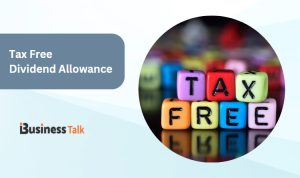
For the tax year 2021/2022 and 2022/2023, the UK Dividend Tax Allowance is fixed at £2,000. This means that the first £2,000 of dividends received is tax-free, commonly called the Dividend Allowance. In addition, the standard Personal Allowance (the tax-free income standard) stands at £12,500 for the same period.
It is important to note that the Dividend Allowance will be reduced to £1,000 from April 2023 and again to £500 in April 2024. Therefore, tax-free dividend income will be limited to £1,000 and £500 in 2023/2024 and 2024/2025, respectively. It’s worth considering this when budgeting for the upcoming tax years, particularly if you have a lot of savings invested in stocks and shares.
Tax Free Interest Allowance
The Personal Savings Allowance (PSA) is a tax-free allowance for interest earned on personal savings. Basic rate taxpayers can earn up to £1,000 interest income tax-free for the 2021/22 and 2022/23 tax years. For earning below £12,570 in 2021/22 and 2022/23 tax years, the starting rate for savings income allows another £5,000 of interest income to be earned tax-free.
Additionally, self-employment income and income from the property for the first £1,000 is tax-free. Dividends have their tax-free allowance, known as the dividend tax-free allowance, which applies to UK residents as of April 2016. This allowance lets taxpayers receive up to £2,000 of dividend income without paying tax. Tax-Free Allowance is a handy money-saving tip, and it’s easy to take advantage of.
How Much is Tax Free Allowance?
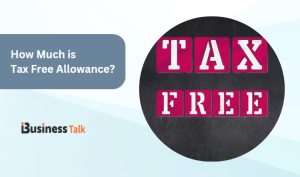
Tax-free allowance is the income an individual can receive without paying any tax. As of 2021-22, the basic Personal Allowance is set at £12,570 per year. Beyond this amount, any additional income is subject to taxes. In addition to this basic allowance, there is a tax-free dividend allowance of £2,000 for the 2022/23 tax year, which applies to some equity-based collective investment funds and shares.
However, it’s worth noting that tax-free allowances decrease if an individual’s income rises above £100,000. In Scotland, those earning between £12,570 and £14,732 pay a 19% income tax starter rate. Understanding tax-free allowances is essential for individuals looking to maximize their earnings while minimizing their tax liabilities.
Why Am I Paying Tax if I Haven’t Earned My Tax-free Allowance Yet?
Most people in the UK are subject to Income Tax on their earnings. However, the government provides a tax-free Personal Allowance to people to earn a certain amount each year without taxing it. For the fiscal year 2021-22, the tax-free allowance stands at £12,570.
It is important to note that if your earnings exceed this allowance, you must pay tax on the above amount. Many people may be confused about why they still pay taxes if they haven’t earned their full tax-free allowance. This could be due to various factors, such as multiple sources of income or taxes being deducted at the source.
However, various tax relief and allowances can help reduce your overall tax bill. It is possible to claim back overpaid tax and reduce tax liability by making the most of available tax reliefs and allowances.
Conclusion
Tax-free Allowance, as the name suggests, is the amount of money you can earn without paying any tax on it. The tax-free allowance varies depending on age, employment status, and income. It’s important to understand how this works to make the most of the tax-free allowance you’re entitled to. You could pay more tax than necessary by not claiming the tax-free allowance you’re entitled to.
FAQ – Tax Free Allowance
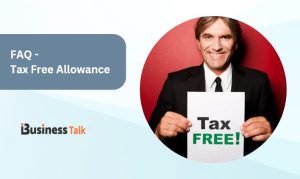
What is the personal tax allowance for 2023 24?
For the tax year 2023–2024, the normal employee personal allowance is $242 per week, £1,048 per month, and £12,570 annually.
What is the tax-free allowance for 22 23?
You are exempt from paying income tax on earnings up to the £12,570 threshold thanks to the £12,570 personal allowance. The income tax rates that apply to your level of income under PAYE are applied to all above the threshold. (Pay as you Earn).
Does everyone get a tax-free allowance UK?
In the UK, everyone is entitled to a tax-free Personal Allowance, which is the amount of income you can earn before you start paying income tax. However, in certain situations, you may not be entitled to the full Personal Allowance or may have a different allowance, such as earning over a certain amount or having additional income sources.
Therefore, checking with HM Revenue and Customs or a tax professional is important to determine your specific tax situation.
How much do you earn a month before paying tax?
For the tax year 2023-2024, you can earn up to £1,048 per month before paying any income tax, thanks to the personal tax allowance of £12,570 per year. It’s important to note that this applies to most people, but some individuals may have a different allowance or be subject to different tax rates based on their specific circumstances. Consult with HM Revenue and Customs or a tax professional for more information.
Who is eligible for UK tax Personal Allowance?
In the UK, the tax Personal Allowance is available to anyone who is a resident of the country and earns under a certain threshold. For the current tax year, the threshold is £12,570. However, the amount may vary depending on individual circumstances, such as age and other sources of income. Generally, if you are a UK resident earning less than the current threshold, you should be eligible for the Personal Tax Allowance.




